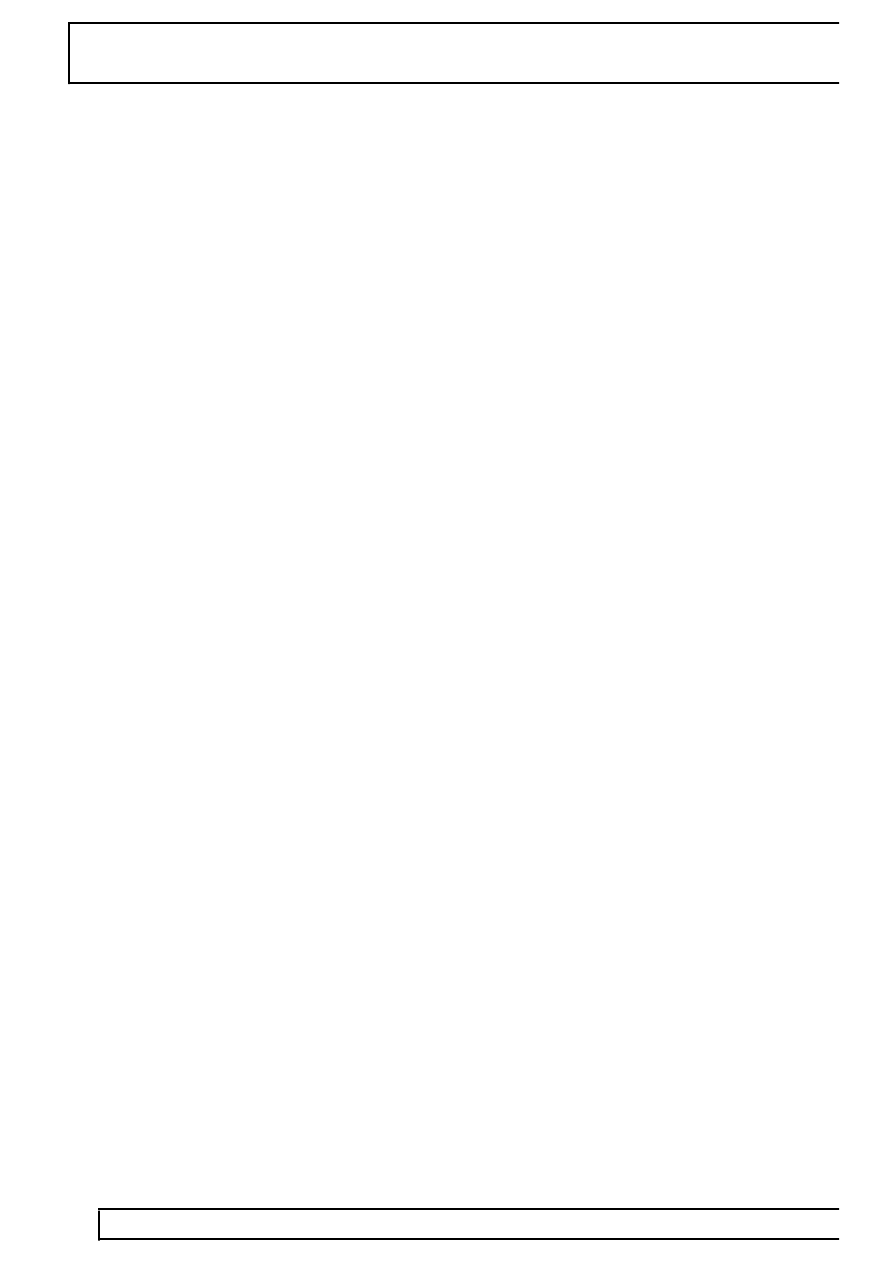TD5 Defender

77
PANEL REPAIRS
2
INFORMATION
Straightening
Whenever possible, chassis structural members
should be cold straightened under tension. Do not
attempt to straighten with a single pull, but rework the
damaged area using a series of pulls, releasing
tension between each stage and using the opportunity
to check alignment.
Body jig
Unless damage is limited to cosmetic panels, all repair
work to body members must be carried out on a body
jig, to ensure that impact damage has not spread into
more remote parts of the body structure. Mounting on
a jig will also ensure that the straightening and panel
replacement procedures do not cause further
distortion. If original dimensions cannot be
satisfactorily restored by these methods, damaged
structural members should be replaced. Damaged
areas should be cut away using a high speed saw,
NOT an oxy-acetylene torch.
As a rule, body dimensions are symmetrical about the
centre line. A good initial check for distortion is
therefore to measure diagonally and to investigate
apparent differences in dimensions.
Inspection
Every accident produces individual differences in
damage. Each repair is influenced by the extent of the
damage and by the facilities and equipment available
for its rectification.
Most accident damage can be visually inspected and
the approximate extent of the damage assessed.
Sometimes deformation will extend beyond the area
of direct damage, and the severity of this must be
accurately established so that steps may be taken to
restore critical body components to their original
dimensions.
An initial check of critical dimensions can be carried
out by means of drop checks or (preferably) trammels.
Gauges are available which will check accurately for
body twist. Where repairs necessitate renewal of a
critical body component it is recommended that a
body jig is used.
